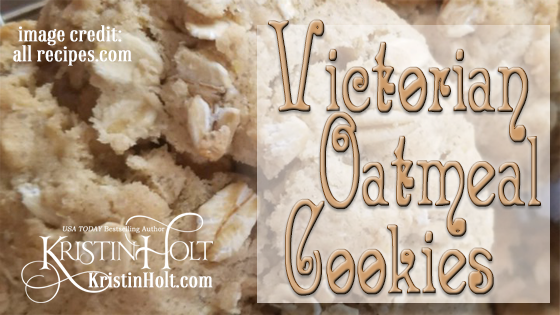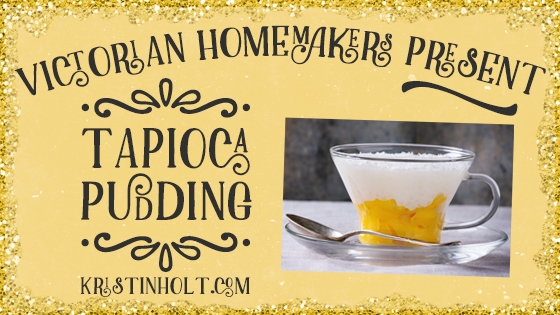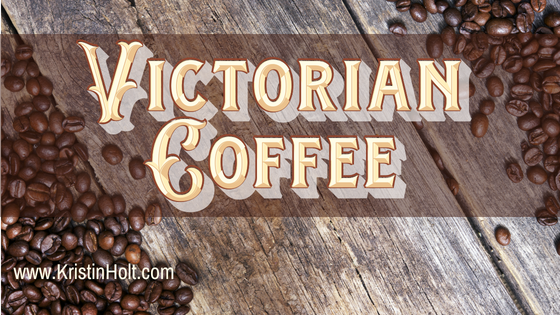
by Kristin Holt | Jul 22, 2019 | Articles
Victorian-era American wisdom regarding romance, marriage, and courtship is fascinating! A collection of 19th century newspaper clippings provides a wide range of answers to the question: Who Makes the Best (Victorian) Wives? Throughout the late nineteenth century, much (conflicting) advice for the hymeneal-minded.
Note: Part of a blog series including Blondes are Favorites (Who Makes the Best (Victorian) Wives?).

by Kristin Holt | Jul 9, 2019 | Articles
As today (July 9) is National Sugar Cookie Day, it’s a perfect opportunity to celebrate Sugar Cookies in Victorian America. Everything from sugar cookie history in a nutshell to images of vintage cookie cutters, nineteenth century recipes lifted from vintage newspapers and cookbooks (cook books = more accurate spelling). Indulge in a bit of sweet history with me. Pull up a chair and let me pour tea while we sit and visit awhile. You simply must try my special (modern) and scrumptious soft sugar cookie recipe (downloadable, savable, printable PDF).

by Kristin Holt | Apr 30, 2019 | Articles
Today, April 30, is Oatmeal Cookie Day!
Who knew?! “Everyone” online claims Fannie Merritt Farmer’s oatmeal cookie recipe (1896) to be the FIRST published (FALSE!)… but I found fourteen Victorian-American recipes in vintage cook books and newspapers beginning in 1883. How did history (mistakenly) favor Fannie?

by Kristin Holt | Jan 23, 2019 | Articles
Victorian Americans favored many different kinds of puddings for desserts, during all seasons of the year. One type was tapioca–which hasn’t changed much in the intervening hundred-plus years. See many similar recipes in vintage era cook books and newspapers; plain, apple, peach, (and early in the 20th century, caramel).

by Kristin Holt | Jan 3, 2019 | Articles
We know coffee was an every-day commodity in the Victorian American West, but how much do you know about its availability, preparation methods, the era’s tried-and-true substitutions, and where it was purchased? Come see!













